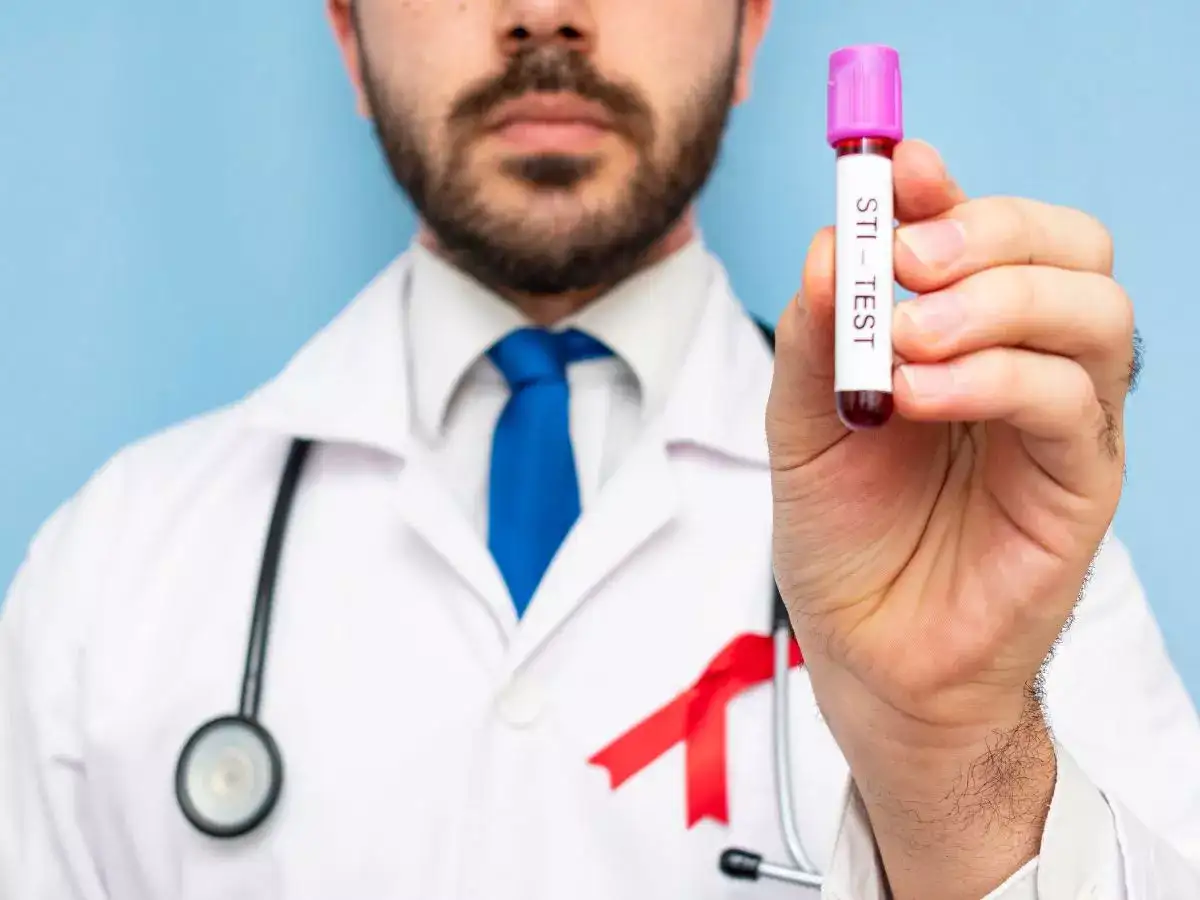Around the world, sexually transmitted infections (STDs) continue to be a major public health issue. The stigma associated with STDs, coupled with barriers to traditional healthcare services, often prevents individuals from getting tested and treated, leading to increased transmission rates and potential long-term health complications. However, the advent of online std testing services is emerging as a powerful tool, revolutionizing access to sexual healthcare by offering a convenient, confidential, and often more affordable alternative to traditional clinic-based testing. This article will delve into the multifaceted ways in which online STD testing is transforming the landscape of sexual health.
Overcoming Barriers to Traditional Testing
Traditional STD testing often involves scheduling an appointment with a healthcare provider, visiting a clinic, undergoing a physical examination, and potentially facing uncomfortable conversations. These steps can be daunting for many individuals due to several reasons:
- Shame and Stigma: The social stigma associated with sexually transmitted diseases can be a powerful disincentive. Many people fear judgment from healthcare providers and the potential for their sexual history to be scrutinized. Online testing offers a level of anonymity that can alleviate this anxiety, encouraging more individuals to take proactive steps for their sexual health without the fear of social repercussions.
- Privacy Concerns: Individuals may be concerned about their test results being recorded in their medical history and potentially shared with insurance companies or other entities. Online services often prioritize privacy, with discreet packaging and secure digital platforms for accessing results.
- Inconvenience and Time Constraints: Scheduling appointments, taking time off work or other commitments, and traveling to a clinic can be logistically challenging. Online testing eliminates these hurdles, allowing individuals to order tests and collect samples at their convenience, fitting testing seamlessly into their busy lives.
- Geographical Limitations: Access to healthcare services, including STD testing, can be limited in rural or underserved areas. Online platforms bridge this gap, providing access to testing regardless of geographical location.
- Cost: The cost of traditional STD testing, including consultation fees and lab charges, can be a barrier for some individuals, particularly those without comprehensive health insurance. Online testing services often offer more transparent and sometimes lower pricing models.
Convenience and Confidentiality: Cornerstones of Online Testing
The core appeal of online STD testing lies in its convenience and commitment to confidentiality. The process typically involves the following steps:
- Online Consultation and Test Selection: Individuals can often complete a brief online questionnaire about their sexual health history and risk factors. Based on this information, the platform may recommend specific tests or allow individuals to choose the tests they deem necessary. Common tests available online include those for chlamydia, gonorrhea, syphilis, HIV, herpes simplex virus (HSV), and trichomoniasis.
- Discreet Sample Collection: Once the order is placed, a testing kit is discreetly shipped to the individual’s address. The kit contains clear instructions and all the necessary materials for collecting a sample, which may involve a urine sample, a finger prick blood sample, or a vaginal swab, depending on the tests ordered.
- Secure Sample Return: After collecting the sample, the individual sends it back to a certified laboratory using a prepaid shipping label, ensuring a secure and confidential transfer.
- Timely and Private Results: Once the lab processes the sample, the results are typically made available to the individual through a secure online portal or sometimes via a phone call with a healthcare professional. This eliminates the need for a potentially uncomfortable follow-up visit to a clinic to receive results.
This streamlined process empowers individuals to take control of their sexual health discreetly and efficiently, removing many of the traditional barriers associated with STD testing.
Expanding Reach and Promoting Early Detection
The accessibility offered by online STD testing has the potential to significantly expand the reach of sexual healthcare services. By making testing more convenient and less stigmatizing, it can encourage individuals who might otherwise avoid testing to get screened regularly. This is particularly crucial for early detection, which is vital in preventing the spread of STDs and mitigating potential long-term health consequences such as infertility, chronic pain, and increased risk of certain cancers.
Furthermore, online platforms can integrate educational resources and links to treatment options, providing a comprehensive approach to sexual health. Individuals who test positive can be connected with telehealth services for consultation and prescription of appropriate medications, further streamlining the process from testing to treatment.
The Role of Telehealth Integration
The synergy between online STD testing and telehealth services is a significant aspect of this revolution in sexual healthcare. When an individual tests positive through an online service, they can often connect with a healthcare provider remotely for a consultation, diagnosis, and prescription of necessary medications. This seamless integration of testing and treatment further enhances accessibility and convenience, ensuring that individuals receive timely care without the need for in-person visits. Telehealth can also play a crucial role in providing counseling and support to individuals who test positive, addressing the emotional and psychological aspects of STD diagnosis and management.
The Future of Sexual Healthcare Access
Online STD testing is not intended to replace traditional healthcare entirely but rather to complement it by offering an alternative pathway to sexual health screening. As technology continues to advance and societal attitudes towards sexual health evolve, online testing is likely to play an increasingly significant role in promoting early detection, reducing transmission rates, and ultimately improving public health outcomes.





Be First to Comment